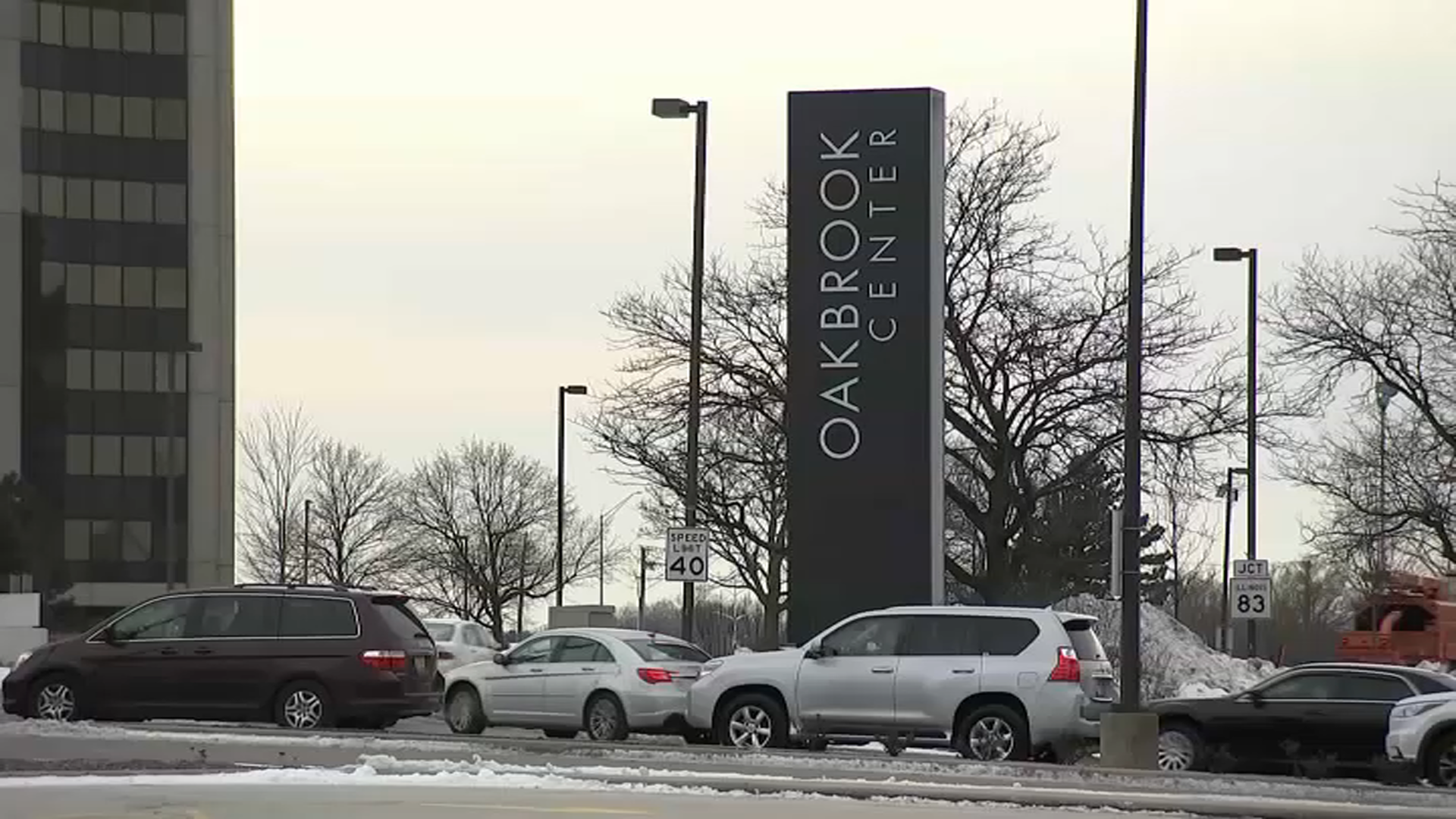President Joe Biden announced a sweeping new program to forgive federal student loan debt, with thousands of individuals now eligible to have at least $10,000 of debt wiped out.
The president said that the new program is the long-awaited fulfillment of a campaign promise of student debt relief, touting the decision as a helping hand to tens of thousands of students.
In the state of Illinois, more than 1.6 million borrowers still owe money on student loans, with an average debt load of $37,757, according to the website EducationData.org.
Of those, more than half are under the age of 35, and more than 20% still owe more than $20,000 in student loan debt.
Feeling out of the loop? We'll catch you up on the Chicago news you need to know. Sign up for the weekly Chicago Catch-Up newsletter here.
So what does the new program mean for Illinois residents? Here’s what we know so far.
Who is Eligible for Debt Forgiveness?
Under the terms of the program Biden revealed on Wednesday, borrowers who earn less than $125,000 per year, or families who earn less than $250,000 per year, will be eligible for up to $10,000 in student loan debt forgiveness.
Local
All federal student loans currently held by the Education Department should be eligible, but privately-held loans are not, according to officials.
If students received a Pell Grant, which are reserved for undergraduates with significant financial need, then they will be eligible for up to $20,000 in loan forgiveness.
Individuals who have been making loan payments voluntarily since March 2020, when federal payments were paused, can request a refund for those payments, according to the Federal Office of Student Aid.
Those individuals must contact their loan servicer to request the refund.
Are Student Loan Payments Still Paused?
A pause on federal student loan payments was enacted by former President Donald Trump’s administration during the start of the COVID pandemic in 2020, and several extensions have since been added to that.
Biden announced Wednesday that his administration would continue that pause through Dec. 31, but said that it is likely that this will the final pause on payments owed to the government.
Who Must Apply, and Who is Automatically Given Loan Forgiveness
According to federal officials, approximately eight million taxpayers will automatically receive relief because the Department of Education already has their current income information on file.
For those individuals who are unsure of whether their information is up to date, or for those whom have not updated that information, an application period will soon open through the DOE’s website, according to officials.
Individuals interested in filing those applications can sign up for updates via the website, according to officials.
Who Could See Payments Reduced?
For those individuals who will still owe money after the $10,000 in debt forgiveness, the federal government also announced provisions that could lower payments.
Under the plan, payments will be capped at 5% of discretionary income, a reduction from the current rate of 10%.
What’s more, loan balances that originated at or below $12,000 will be forgiven after 10 years of on-time payments under provisions of the program, a reduction from the current 20 year-plan.
Some borrowers will also see their monthly payments reduced by the plan.
Is Forgiven Debt Taxable in Illinois?
One question that was raised during the discussion over debt forgiveness was whether or not state governments would view that money as additional income on tax returns.
Under terms of the American Rescue Plan Act of 2021, an exclusion was added exempting student loan forgiveness from federal income tax returns. That exemption will remain in effect through the end of 2025, according to The College Investor.
Still, some states could potentially treat that forgiven debt as additional income, but according to TCI, Illinois is not one of those states. Under state law, any change to federal tax law automatically applies in Illinois, and that means that the exemption passed in the ARPA will also apply here.
Therefore, Illinois residents who receive loan forgiveness will not be required to report that income on their taxes.



